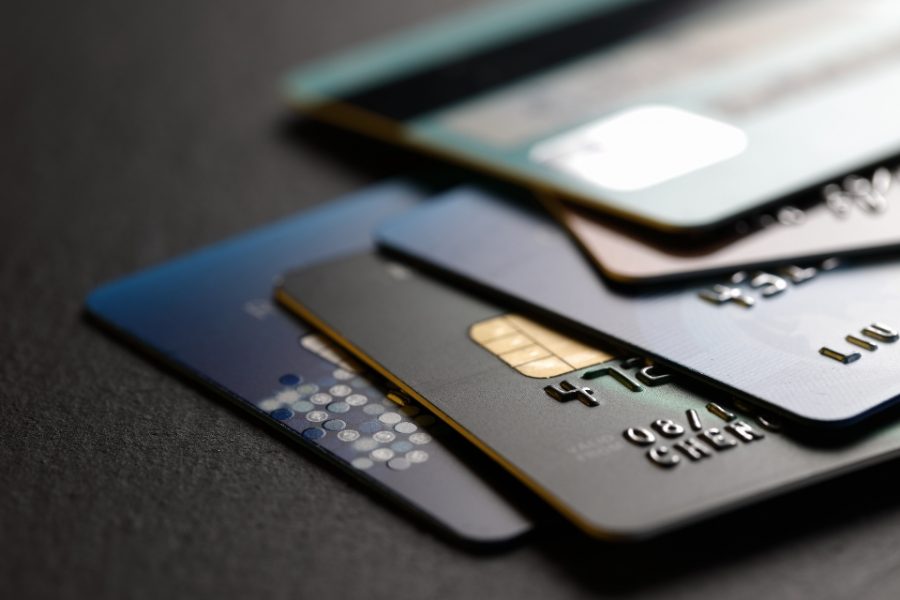Opinion: Unsanitized: Placing Consumers at the Forefront of Relief Efforts
Though Congress has passed a bill to help the economy recover from the coronavirus crisis, many of us wonder how we will pay our rapidly mounting debts. Sending us the occasional check or eliminating a payroll tax obligation is not up to the task—especially when the need is continuous and so many have lost their jobs. Boosts to unemployment checks are necessary and vital, but this provision is being run through overburdened state unemployment systems that will inevitably slip people through the cracks. Shoring up the airlines and small businesses can prop up the employment situation, but it cannot give us what we really need while we are hanging on in the middle of the storm.
For the next stimulus package, rather than sending tens of millions of checks to consumers, Congress would do better to strike at the economic crisis by using the existing lending mechanism, right in front of us, that more than three-quarters of us already possess: credit cards. We think that Congress should pass legislation which allow banks on a monthly basis to bill the government for, say, 70 percent of the interest charges on those cards, while requiring banks to defer monthly credit card payments for all consumer cardholders for the length of the coronavirus catastrophe, perhaps as long as six months. We suggest that the benefit be capped at something like $10,000 per consumer as those charges accrue.
This proposal has several important benefits. First, it eliminates the time required to print and mail millions of checks, which could leave some people waiting until September for their money. Consumers will simply use their credit cards as they would normally. Second, it would allow consumers to decide for themselves what their immediate needs are. Third, consumers—who are not, after all, at fault for the economic crisis—will be relieved from having to look for new sources of credit during a period when their financial straits will be desperate and their credit scores will be plummeting. Lenders are already considering tightening consumer credit.
Fourth, it injects money seamlessly into the economy, immediately. Fifth, the benefit will last as long as the catastrophe does, instead of in scattershot fashion. Sixth, this will help businesses of every size and type—all businesses that accept credit cards, including small businesses, and businesses that serve every economic group—because consumers will have more resources to purchase their wares. Seventh, it would ease the stress on banks that might otherwise shut down credit or contract credit limits, concerned about whether consumers can pay their debts. Eighth, banks would be assured of collecting money from the government and avoid having to deal with defaults and consumer bankruptcies. Ninth, the proposal encourages consumers to spend more, which is what the economy needs, rather than save more, which is a risk with a check. Finally, this involves enlisting the private sector in a massive effort to shore up the American economy, which should appeal to those who distrust government.
To be sure, this remedy would not reach the approximately one-quarter of Americans who lack credit cards. Some of them might have student loans, car loans, or mortgages, which could instead receive an analogous benefit. Congress might still have to write checks (or, better, reloadable debit cards) to some needy Americans without access to credit. The smaller scale alone will probably reduce the time and cost required to get those checks into their hands. And because parents are more likely to have credit cards than other consumers, this proposal would be likely to aid children.
The goal is to provide enough coverage to provide genuine relief to Americans in financial trouble while not encouraging consumers to run up unnecessary charges. For that reason, we would limit the government’s share of interest payments to about 70 percent. According to one source, those with poor credit pay, on average, interest rates between 20 and 23 percent. Cutting effective interest rates to 30% of that would reduce their rate to 6 to 6.9 percent. Those with good credit might incur effective rates of less than 5 percent. If more relief is needed, the government could pay off a slice of principal too. Credit card statements should make clear what consumers would still be on the hook for when the government’s largesse ends.
For their part, in exchange for receiving the certainty of payment from the government, credit card issuers could be prohibited from increasing interest rates, raising fees they charge merchants for processing credit cards, or reducing consumer borrowing limits. When the emergency is over, principal balances on the accounts would accrue interest at a congressionally established, regulated rate (lower than 21 percent) or the prevailing rate, whichever is lower. Because consumers might use their credit cards more than they otherwise would, banks should make out just fine. Banks would also have to accept limits to reporting damaging information to credit bureaus. Our recommendation would be for the law to require banks, in light of the benefits they have received, to continue to carry the coronavirus indebtedness at the subsidized rate.
The cost of such a program will depend on many factors, including how long virus-related job losses last and what relief Congress settles on. Americans reportedly spent $122 billion on credit-card interest in 2019, but that number can be expected to grow significantly in 2020 as a result of job losses. Whatever the program’s cost, it would still be only a fraction of the amount intended for bailouts and loans for airlines, hotels, and other businesses.
If getting money to consumers effectively is the goal, allowing consumers to use the credit cards they already have is the best way to do it.
Professor Jeff Sovern writes and teaches about the intersection of consumer protection and the law. This article published originally in The American Prospect on April 5, 2020.

